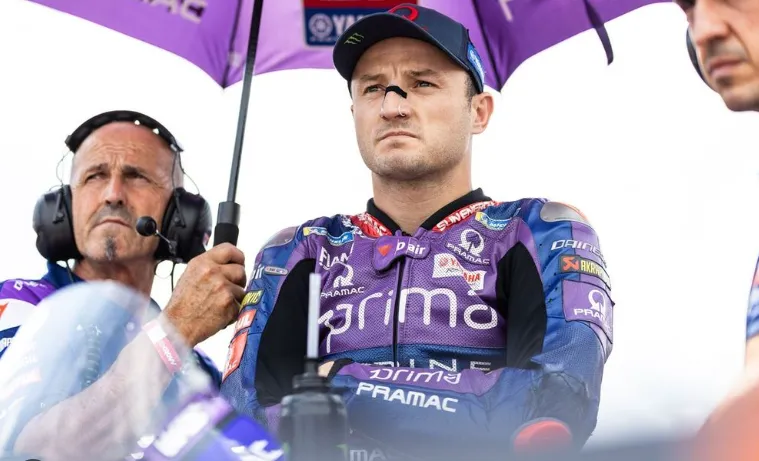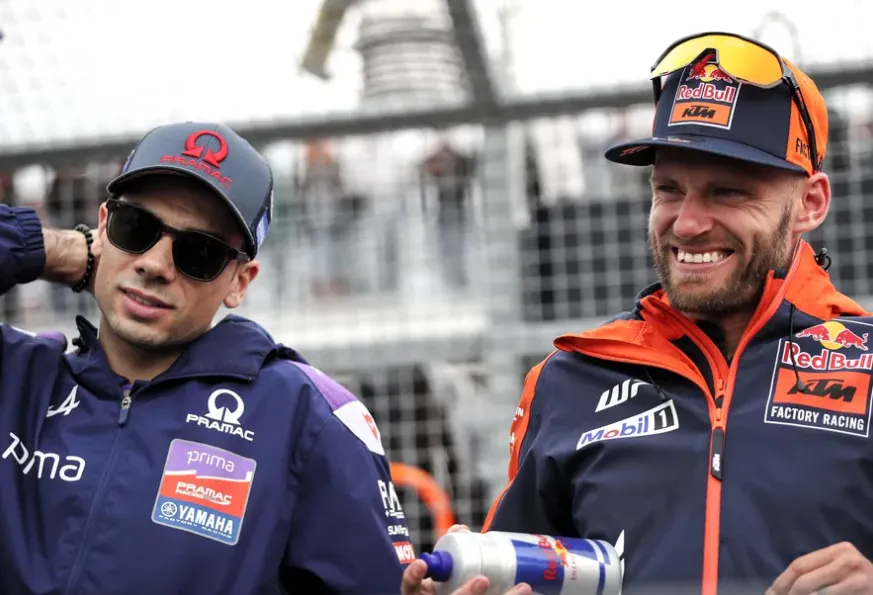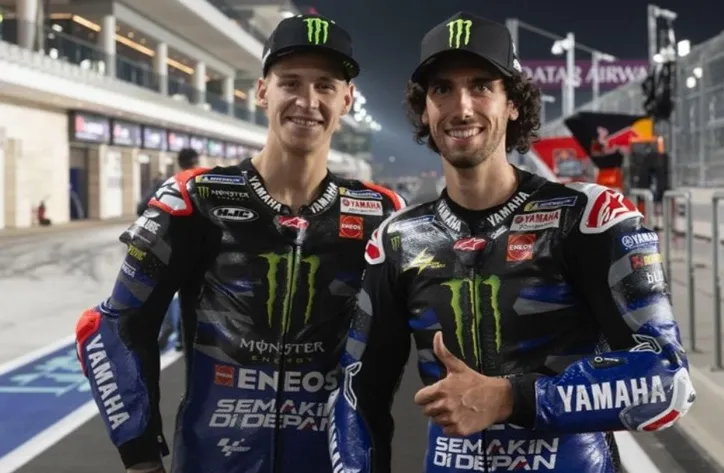
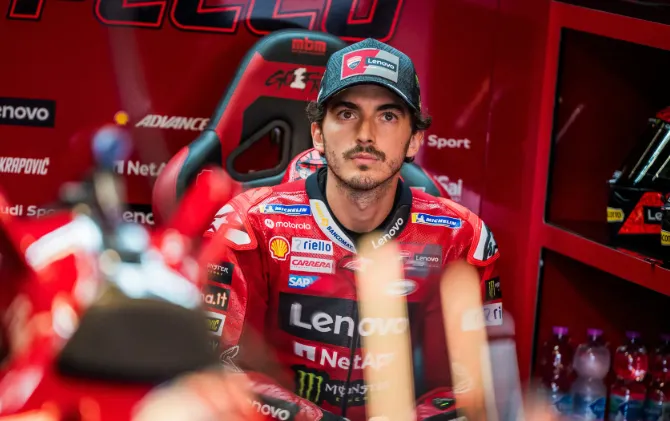
Bagnaia’s Secret at Mugello: Why Are Traction and Acceleration More Important Than Top Speed?
Francesco Bagnaia, the reigning two-time MotoGP world champion, has delivered a bold statement ahead of the 2025 Italian Grand Prix, asserting that corner exit traction is more crucial than outright top speed — even at a track famed for its long straights like Mugello.
Known for his technical savvy and intelligent racecraft, Bagnaia used his experience from the recent Aragon Grand Prix to illustrate his belief that mechanical grip and smooth acceleration off corners can often outshine even the most powerful engines in a straight-line battle.
As the Ducati Lenovo Team rider prepares to chase his fourth consecutive victory at Mugello, his words carry serious weight — not just for rivals, but also for engineers, fans, and observers of modern MotoGP.
Bagnaia’s Message: Exit Grip Wins Races
In a pre-race media session, Francesco Bagnaia was asked to identify the most important technical aspect of racing at Mugello. While most riders highlight top speed due to the circuit’s famous 1.1km straight, Bagnaia chose to focus on something far more subtle — traction and acceleration.
“In Aragon, we clearly saw that traction and acceleration are more important than the top speed,” he said.
Bagnaia recalled his duel with Pedro Acosta, where he successfully overtook the young KTM sensation on the main straight, not because he had more horsepower, but because of how cleanly and quickly he exited the final corner.
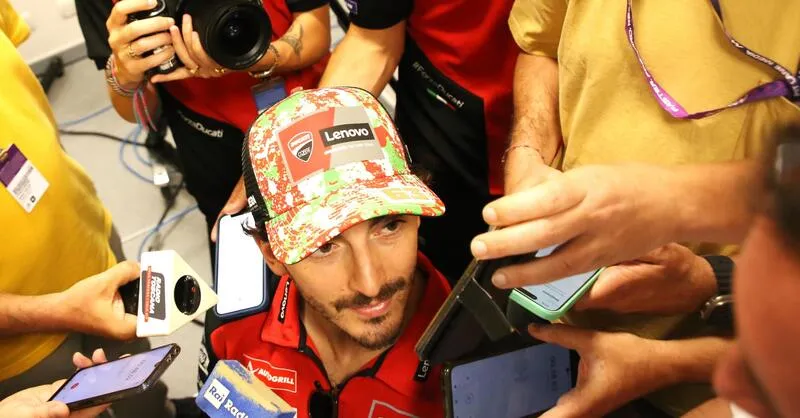
“Because in Aragon, I overtook him in the straight,” Bagnaia explained, underscoring that exit speed from corners sets the foundation for overtakes — even on long straights like Aragon and Mugello.
From Aragon to Mugello: A Tactical Continuum
Bagnaia’s analysis is not just posturing — it’s grounded in race data. During the Aragon GP, telemetry showed that his Ducati Desmosedici GP25, while blisteringly fast, relied more on perfect corner exits and controlled throttle application than raw top-end performance to gain time.
Bagnaia’s overtake on Acosta came after a better line and superior grip out of the final sector, which allowed him to use the full straight not just to match KTM’s top-end, but to pass decisively.
That experience, he argues, applies just as strongly at Mugello.
“I think in this track the slipstream and the straight are longer, so it could be easier to overtake,” Bagnaia admitted. “And it’s true that top speed is super important. But it’s more important to have a good traction exiting from the corners.”
Mugello: A High-Speed Track With Hidden Technical Demands
While Mugello is globally recognized for its immense straight-line speed, it also features complex direction changes, elevation shifts, and corner sequences that test rider skill and machine balance.
The layout includes technical sections like Arrabbiata 1 and 2, Casanova-Savelli, and Biondetti, all of which demand stable braking, front-end confidence, and strong traction on exit. Bagnaia, who has mastered Mugello in the last three editions, clearly understands that these corners often decide the outcome of the race, not just the straight-line sprints.
The Tuscan circuit’s demand for complete motorcycle performance — from braking stability to lean-angle acceleration — reinforces Bagnaia’s point: top speed is only effective when it’s supported by clean exits and strong grip.
Ducati’s Philosophy: Traction and Balance Over Brute Force
Bagnaia’s comments reflect a broader trend inside Ducati’s MotoGP program. While the Desmosedici was once known as a “dragster” built for straight-line dominance, in recent years the Italian manufacturer has shifted its focus toward turning agility, rear grip, and mid-corner balance.
The 2025 GP25 features refined aerodynamics, an updated ride-height system, and advanced electronics that give riders better control over throttle delivery and wheelspin — especially when exiting slow-to-medium-speed corners.
This evolution in bike philosophy mirrors Bagnaia’s tactical insights: win the exit, win the straight, win the race.
Pedro Acosta: A Case Study in Learning from the Champion
When Bagnaia referenced his battle with Pedro Acosta, it wasn’t just to boast. It highlighted a broader point — that even the fastest rising stars in MotoGP must learn the subtleties of high-level racecraft.
Acosta, known for his fearlessness and agility, had strong pace in Aragon, but his line out of the final corner wasn’t as efficient as Bagnaia’s. That opened the door for Ducati’s traction advantage to shine.
In a straight fight, many expected the KTM RC16 to hold its own against the Desmosedici. But racecraft — and specifically exit grip — made the difference. Bagnaia used this moment as proof of concept, showing that even against top-end machines, timing and acceleration still matter more.
Why Bagnaia’s View Matters for 2025 Title Race
With the 2025 MotoGP World Championship entering its most competitive phase, marginal gains like exit traction, drive grip, and throttle modulation are becoming decisive. Bagnaia’s understanding of these factors is what sets him apart in an era of ultra-close racing.
His remarks are also a warning to rivals: if you’re focused solely on horsepower, you’re missing the bigger picture.
At Mugello — where speeds can touch 360 km/h — Bagnaia remains focused on the 20 meters before the straight, not just the straight itself. That philosophy has earned him three consecutive wins at this track, and it might deliver a fourth.
The Hidden Science Behind Traction
What makes Bagnaia’s insights so valuable is the technical complexity of rear-wheel traction. It’s not just about tyre compound or bike weight — it involves a delicate balance between:
-
Electronics and throttle maps
-
Chassis flex and suspension response
-
Rear ride-height adjustment
-
Tire pressure and temperature windows
Bagnaia’s ability to “feel” these elements and work with engineers to maximize them has been instrumental in Ducati’s evolution. He doesn’t simply ride what he’s given — he shapes the machine to match his needs, especially in areas like corner exit performance.
Mugello 2025: Another Bagnaia Masterclass?
The confidence with which Bagnaia speaks suggests that he’s in tune with both his bike and the track. His understanding of Mugello, from both an emotional and technical standpoint, gives him a home-field advantage that’s tough to beat.

This isn’t just about speed — it’s about knowledge.
“I don’t want to say that I’m back with my feeling completely,” Bagnaia said after Friday’s sessions. “But I was able to push quite hard.”
His Friday pace, combined with refined setup adjustments, places him in a strong position heading into qualifying and the race.
A Fourth Straight Mugello Win? The Stage Is Set
If Bagnaia’s philosophy of traction over top speed proves true again on Sunday, he may well find himself standing on the top step of the podium at Mugello for the fourth straight year. That kind of dominance would place him alongside the all-time greats — and reinforce the tactical intelligence that has become his trademark.
The mix of strategic thinking, mechanical empathy, and raw talent makes Bagnaia one of the most complete riders of the modern MotoGP era.
Conclusion: In a World Obsessed with Speed, Bagnaia Trusts Traction
Francesco Bagnaia’s assertion that traction matters more than top speed, even at a place like Mugello, is more than a rider’s opinion — it’s a racing philosophy. Rooted in real-world examples, backed by data from Aragon, and reinforced by three previous Mugello victories, his stance illustrates why he remains one of the most cerebral riders on the grid.
In today’s MotoGP, where every tenth of a second counts, understanding where the lap is really won makes all the difference. For Bagnaia, it’s clear: it’s not just about going fast — it’s about going smart.








